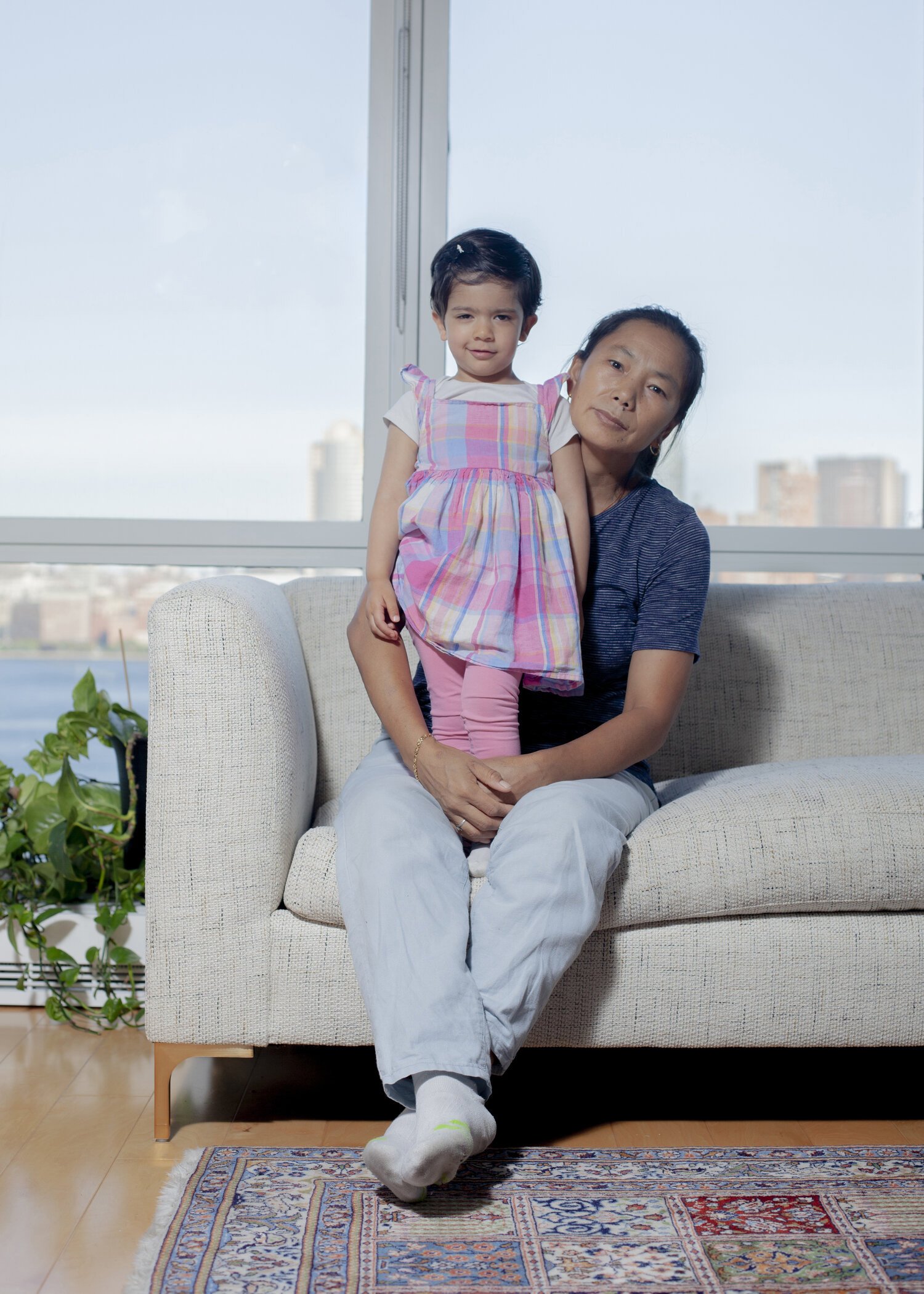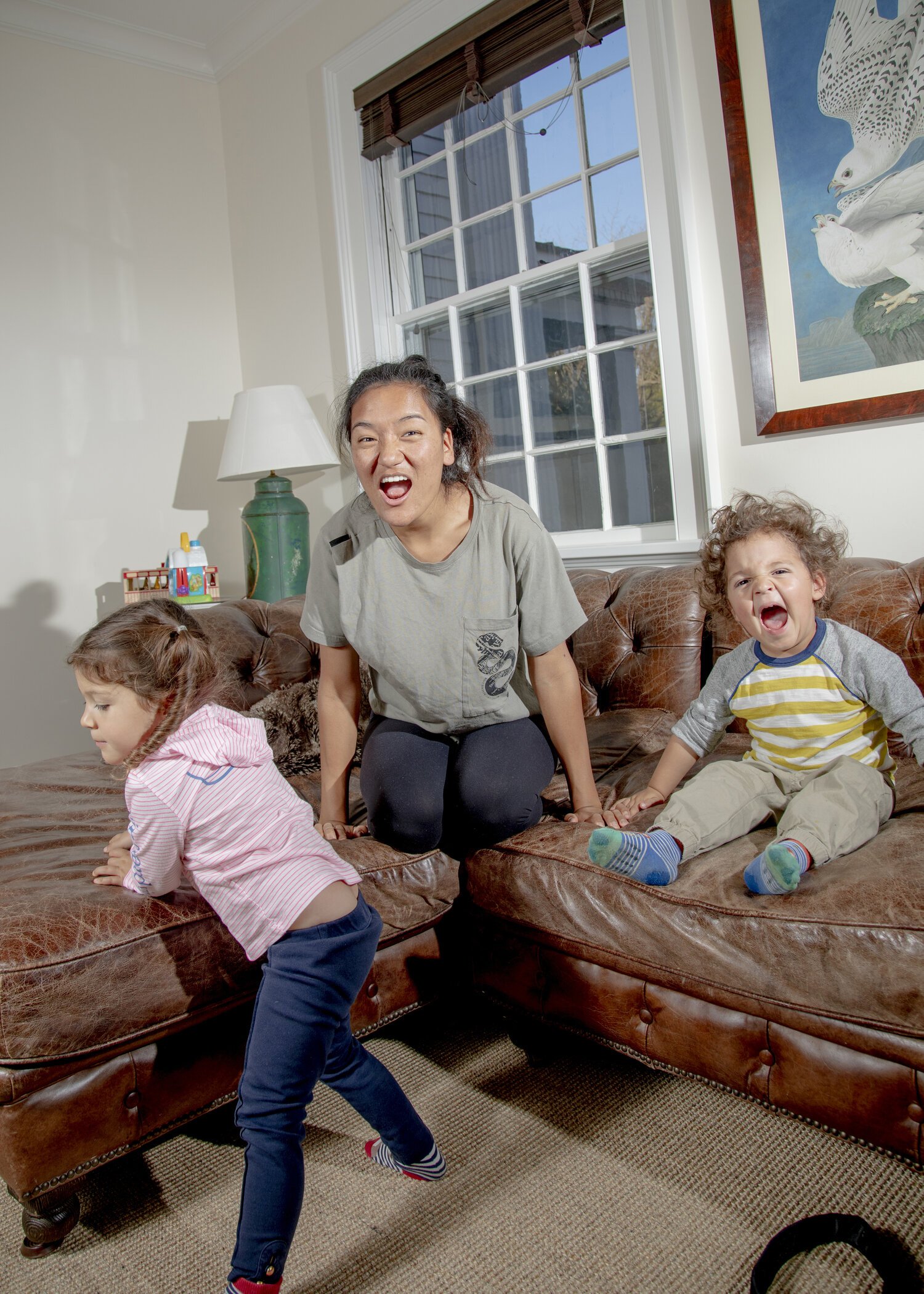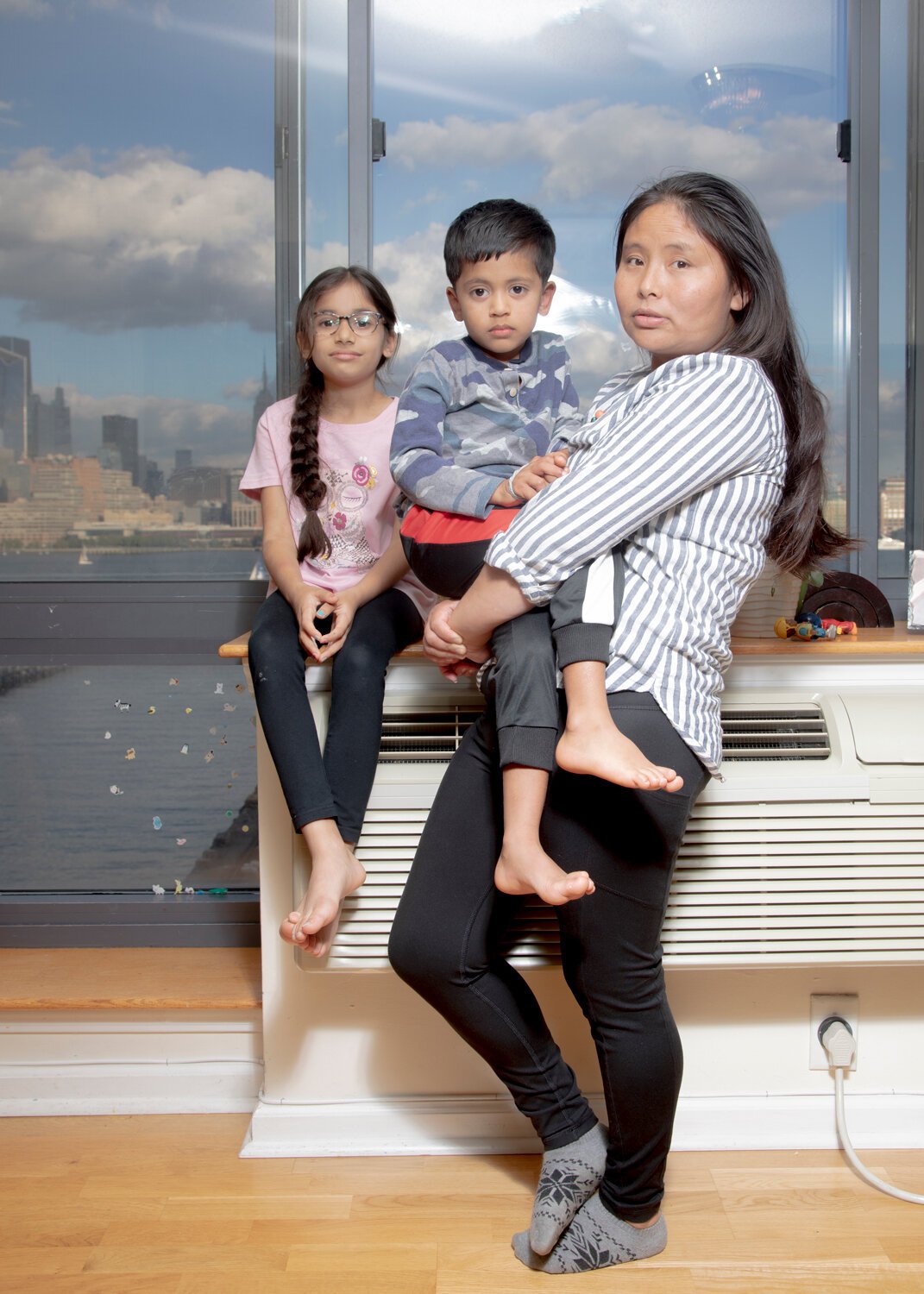Weekend Portfolio: Pema Dolkar - The Tibetan Nanny






Photography and Writing by Pema Dolkar
Photo Editing by Ari Adams
The Tibetan Nanny:
I was only seven when my family immigrated to America, but still old enough to notice that most of the women in my community worked as nannies. They often spoke about the milestones of their jinda’s pugu (employer's children) with the same pride they would use for their own children.
During our first year in America, my mother took up a live-in nannying position as well, though only for a month. As young as I was, I couldn’t understand why she was leaving our family to take care of another.
In the following years, anytime someone my family knew immigrated here, my mother would join her friends in listing which families were looking for new nannies. In my first year of college, I got a first-hand glimpse of the job that was so prevalent in my community when I started babysitting for disposable income. Children answering to the sound of heavily accented English in the schoolyards of neighborhoods like the Upper West Side, became a common sight.
After finding out just how many Americans’ only reference point for Tibet or Himalayan culture was this sought-after commodity, T knew I needed to explore further. Existing online articles linked their preference for these nannies with the favorable stereotype of being kind and patient caregivers due to their Buddhist background.
Using my position as a photojournalist, | document this small piece of the childcare world and the place that women like my mother, cousins, and aunts occupy in it. My subjects are women currently employed as nannies and the children in their care, as well as former nannies whose first jobs post immigration were working in childcare.
I was curious to know if, and how caring for a child changed when the basis of the care was a monetary transaction. Is there a ratio of love-to-finance that sums up the experience? While there’s obviously both economic and racial dynamics at play, I don’t want to paint either party involved in a patronizing light. Instead, I seek to encourage dialogue between these families and the “second mothers” that watch their children through my photographs in the hopes that they will examine the nature of their shared relationship.
Now, like myself, many first generation children have grown up. The years of watching other families’ children when they would’ve preferred to be with their own, have allowed us to pursue different fields of work. Families have also started looking for more linguistically proficient nannies to assist their children in their academic endeavors. Does this mean that the prevalence of Tibetan nannies will begin to decline?
About Pema Dolkar:
Pema is an alumna of NYU’s Tisch School of the Arts’ Department of Photography and Imaging. She likes to document things. Sometimes in writing, sometimes on a camera. Her love for photography started through her love for stories. Whether oral narratives or legends inscribed on ancient walls, she is always looking for stories. At times when words lack translation, photographs satisfy these roles.







